Troy, located in northwestern Turkey, is a destination where history converges with mythology. Made famous by Brad Pitt Homer’s epic poem, the Iliad, Troy is a UNESCO World Heritage site and one of the most legendary archaeological sites in the world, claimed to be the setting of the Trojan War.
It’s important to note that the site may be less awe-inspiring if you arrive with sky-high expectations. Though Troy’s historical significance is undeniable, some visitors have been underwhelmed by the infrastructure at the site.
Basic amenities such as clear signage, interactive exhibits, and informative guides are somewhat lacking, making it difficult for visitors to fully grasp the site’s complexities and significance. For an optimal experience, we suggest researching beforehand or hiring a knowledgeable local guide to enhance your visit.
Here’s everything you need to know to help you make the most of your visit to the ancient city of Troy:
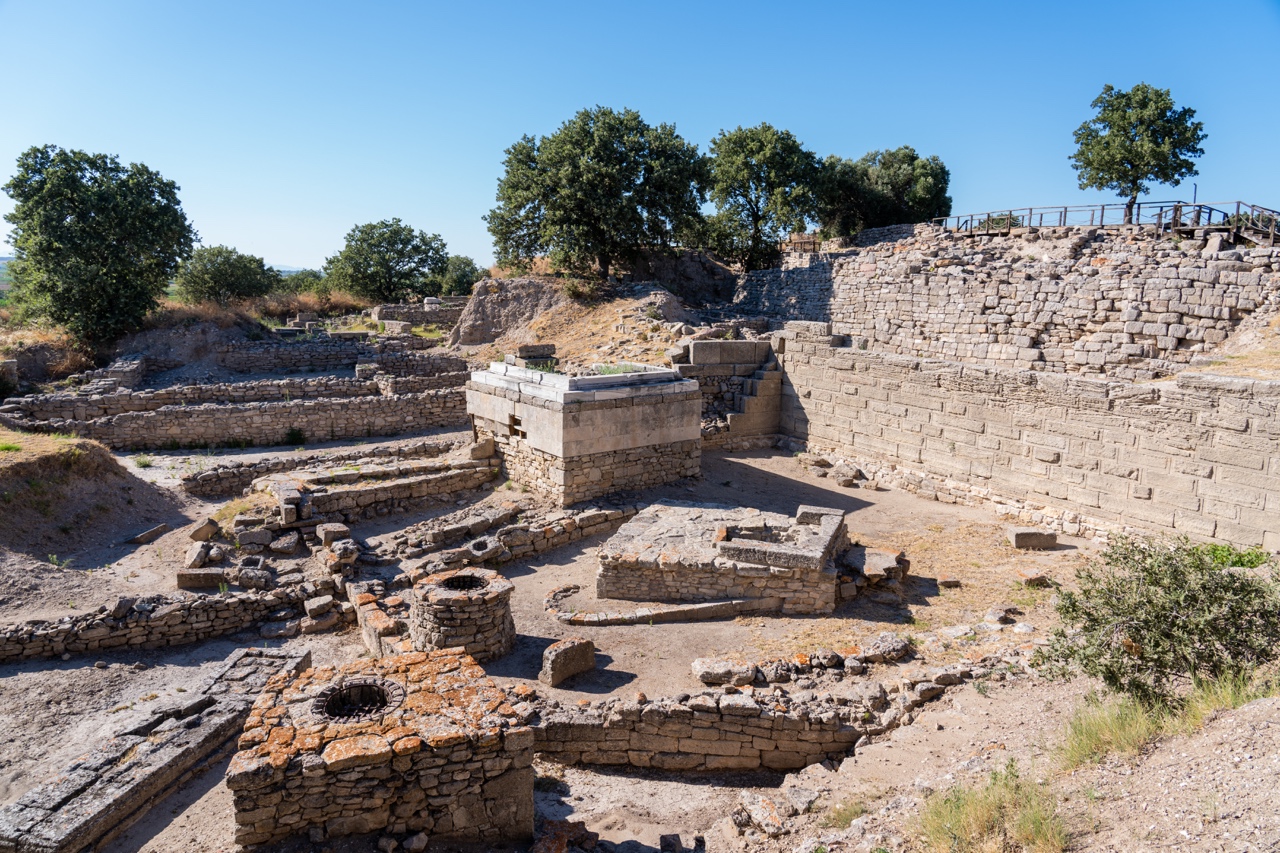
GETTING TO TROY
The ancient city of Troy is located near the modern village of Hisarlik, close to the town of Çanakkale. You can reach Çanakkale by bus or car from major cities in Turkey. If you’re traveling from Istanbul, there are also daily bus services, full-day tours, or half-day tours available.
ENTRANCE AND TICKETS
You can purchase your entrance tickets at the Troy Archaeological Site’s ticket booth for 330 Turkish Lira (TL), which is approx. $12.30 USD.
If you wish to visit the nearby Troy Museum as well, you can purchase a combined ticket which also includes entry to the Ancient City of Assos for 500 TL ($18.50 USD).
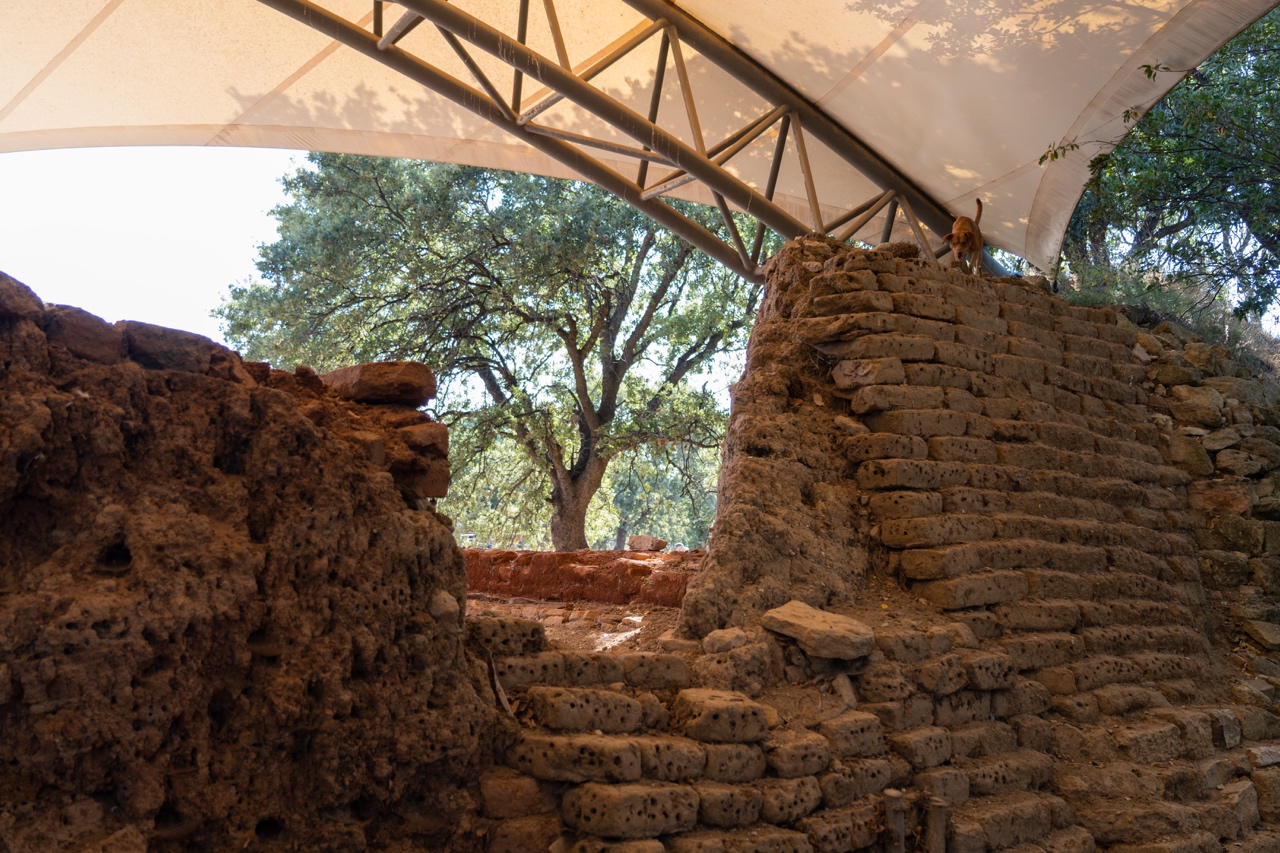
HOURS AND BEST TIMES TO VISIT
Troy is open year-round from 8:30am to 8:00pm, with the box office closing 30 minutes before the site closes.
The best time to visit is during the spring (April to June) and autumn (September to November) when the weather is mild.
Summer can be quite hot, so consider visiting early in the morning or late in the afternoon to avoid the heat and crowds. However, we went during summer, in the hottest time of the day, and it was thankfully breezy, with shady spots. So if you’re only able to go mid-summer, don’t be discouraged.
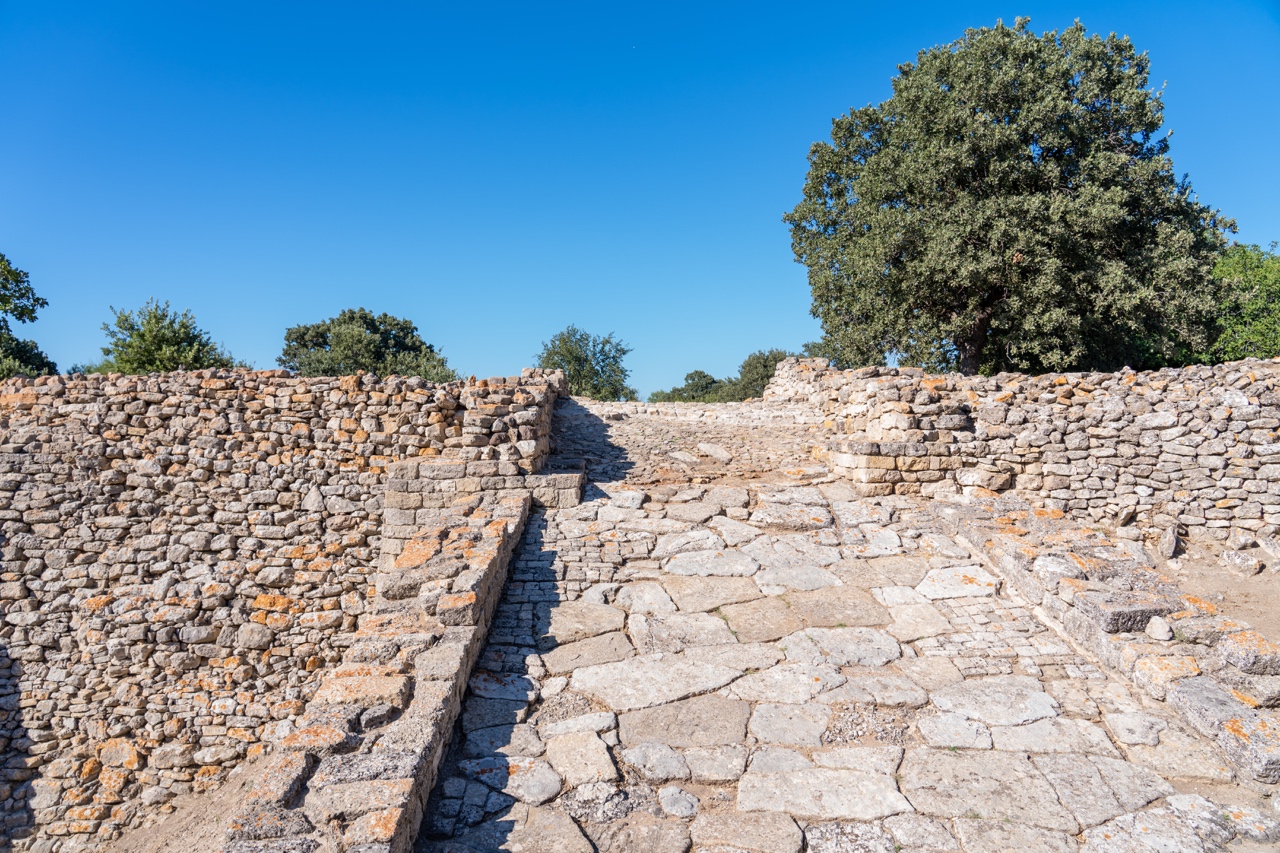
EXPLORING THE RUINS
As you walk through the archaeological site of Troy, you’ll encounter various layers of history, each representing a different period of the ancient city’s existence. The ancient city of Troy was rebuilt multiple times, with at least nine distinct layers representing different civilizations and periods of history.
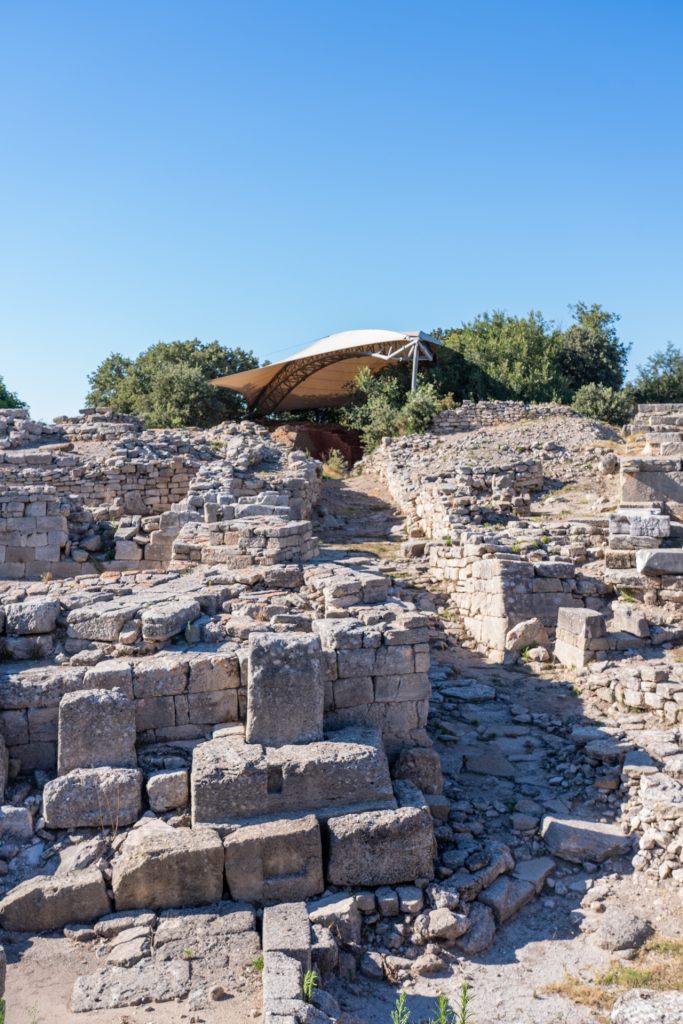
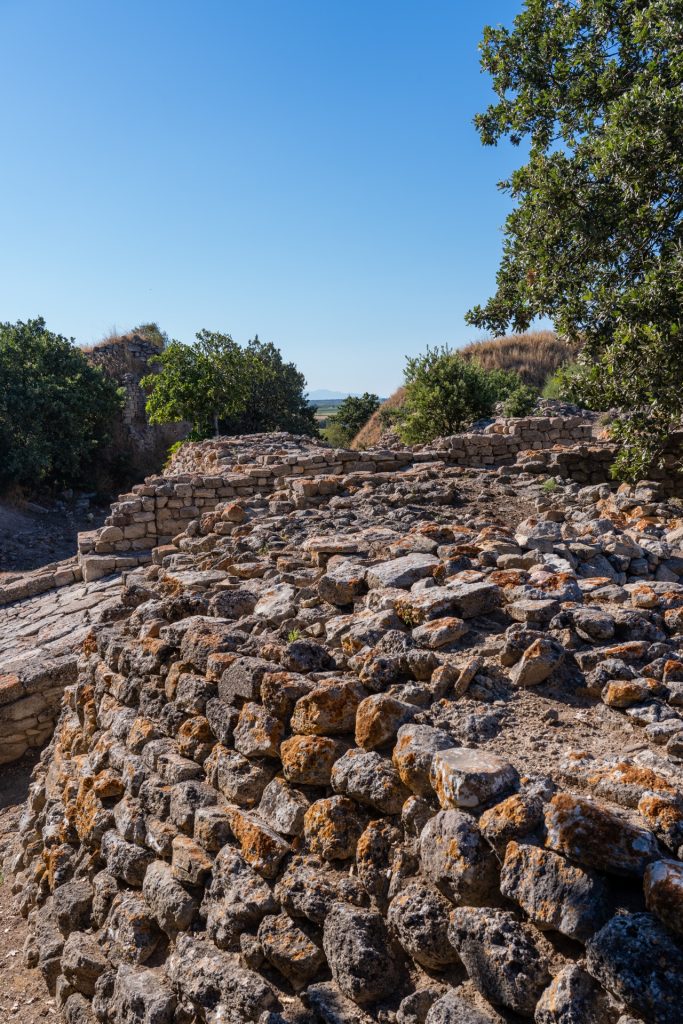
The earliest known settlement at the site dates back to around 3000 BCE (aka over 5000 years ago!). This was a small, simple village with basic structures and limited evidence of fortifications.

The sixth distinct layer, “Troy VI” from around 1750 BCE, is the time period some scholars have suggested may be associated with the Troy of Homer’s Iliad. It showcases a significant rebuilding effort which resulted in a more prominent and fortified city.
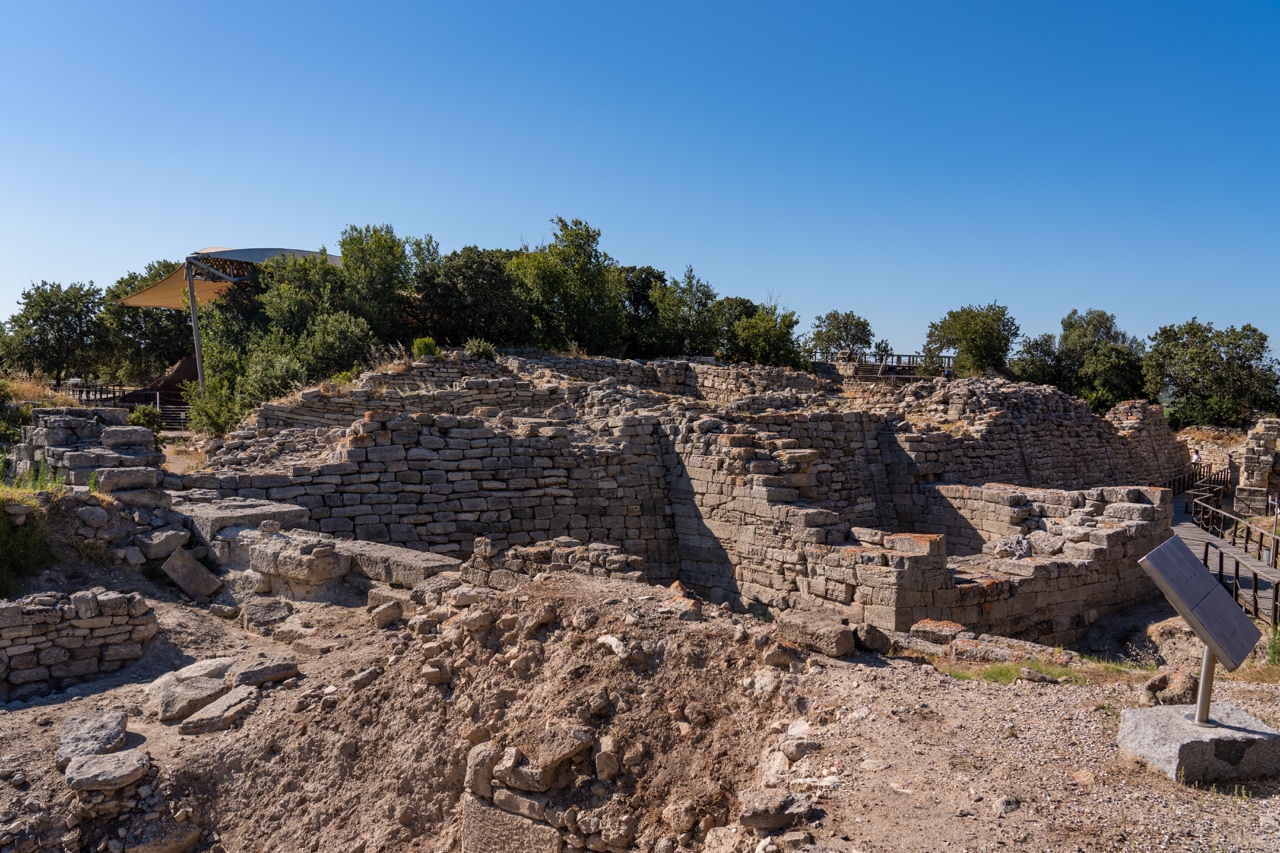
As with any ancient site, the preservation of Troy’s archaeological treasures remains a constant battle against time and environmental factors. While restoration efforts have been made, some argue that the site could benefit from more extensive conservation work to maintain its authenticity for future generations.
THE INFAMOUS TROJAN HORSE
One thing that people once enjoyed at the site is the wooden replica of the Trojan Horse. However, when we visited in July 2023 the Trojan Horse replica was down for renovations, in a heap near the bathrooms. Quite anticlimactic!
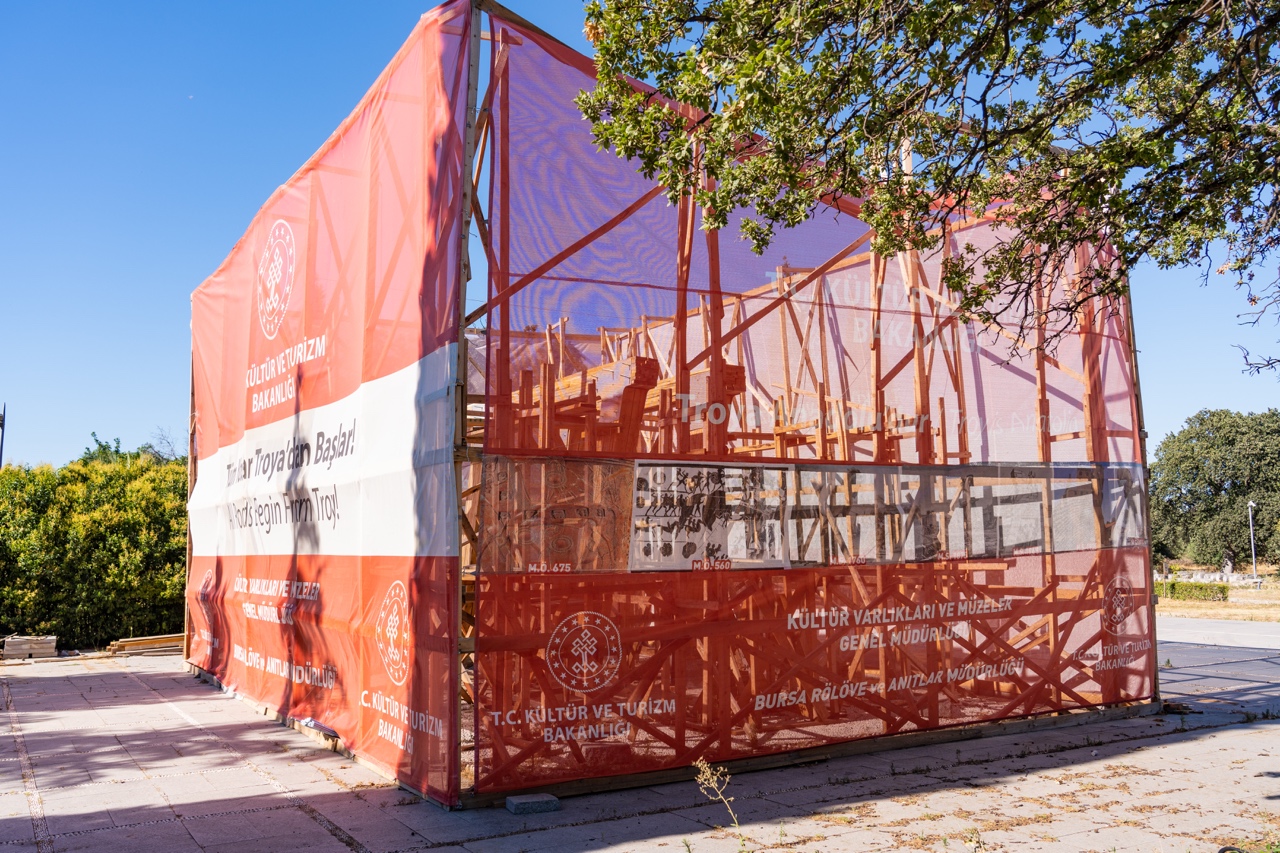
The renovation work of the wooden horse is planned to be completed in early September 2023. As an alternative, you can see the wooden horse used in the movie Troy in the center of Çanakkale.

UNEARTHING TROY
In the 19th century, Heinrich Schliemann, a renowned German archaeologist, claimed to have unearthed the remains of Troy, described in Homer’s epic poem, the Iliad. While Schliemann’s discovery was awe-inspiring, modern scholars have since debated whether this site is indeed the legendary Troy of ancient times. Despite the skepticism, there is no denying the allure of this archaeological wonder, and regardless, Schilemann did discover an impressive city with thousands of years of history.
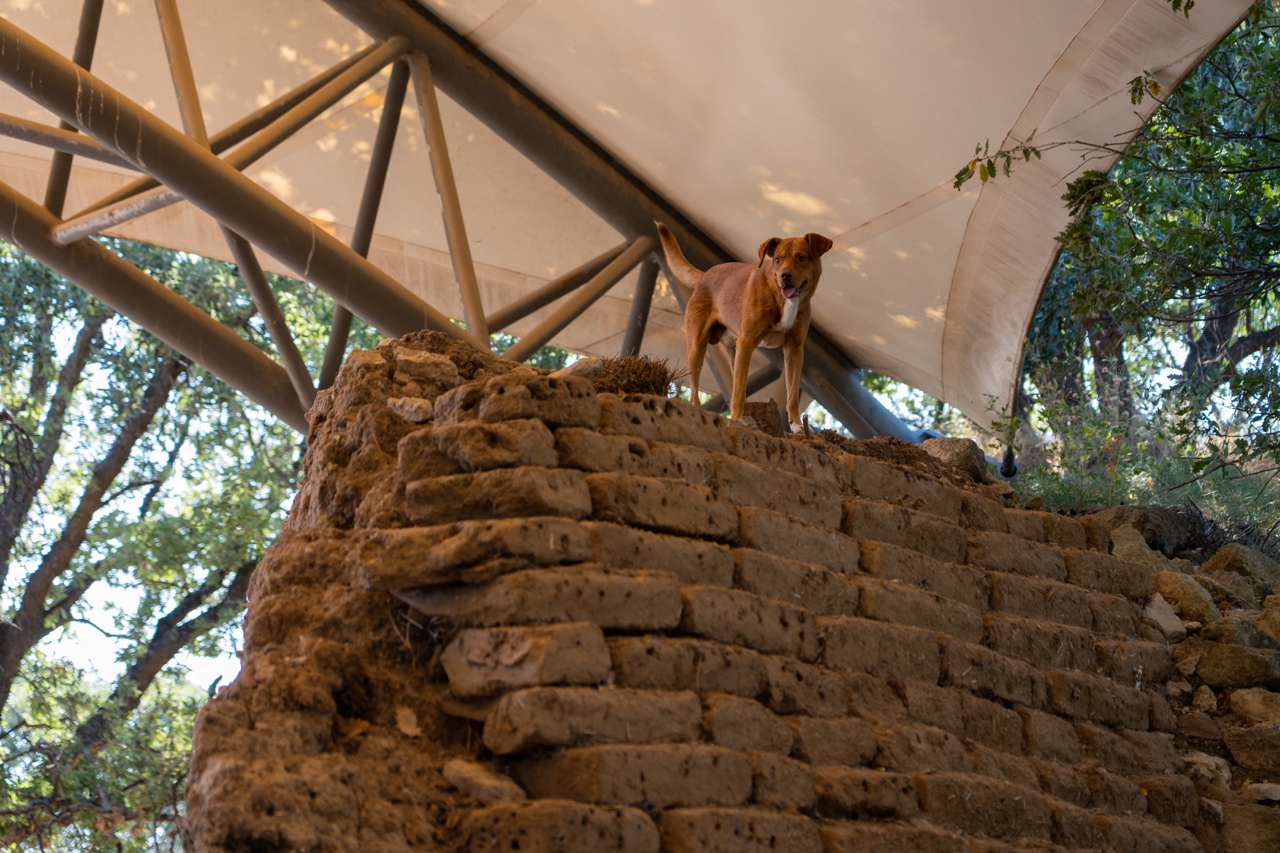
MUSEUM OF TROY
Consider visiting the nearby Troy Museum, opened in 2018, which houses artifacts found during archaeological excavations. From precious jewelry to pottery, each artifact offers more context and insight into the city’s history, archaeological discoveries, and the lives of the people who once thrived in this legendary city.
Admission into the museum alone is 330 TL (12.30 USD), or 500 TL when bought as a combination package with the ruins of Troy and Assos Ancient City.
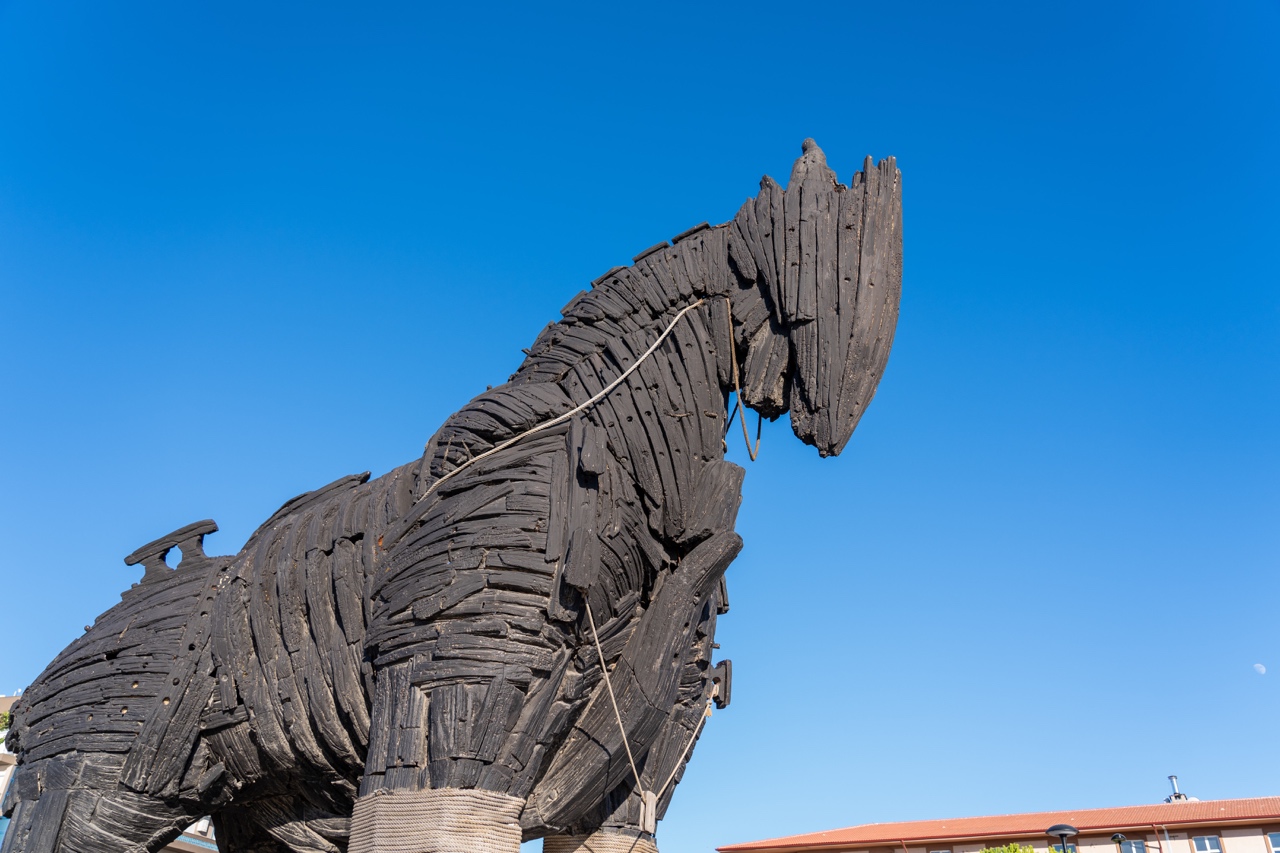
ASSOS ANCIENT CITY
If you purchase the combined ticket of Troy, the Troy Museum, you will also get access to Assos, an ancient city near Troy, which boasts its own share of historical significance. Assos was home to one of the most prominent schools of philosophy in antiquity. The philosopher Aristotle taught here for a period, leaving a lasting legacy on the city’s intellectual development. It became a hub of learning, attracting scholars and philosophers from all over the ancient world.
Again, a combined ticket for Troy Museum, Troy Archaeological Site, and Assos Ancient City can be purchased for 500 TL (~18.50 USD).
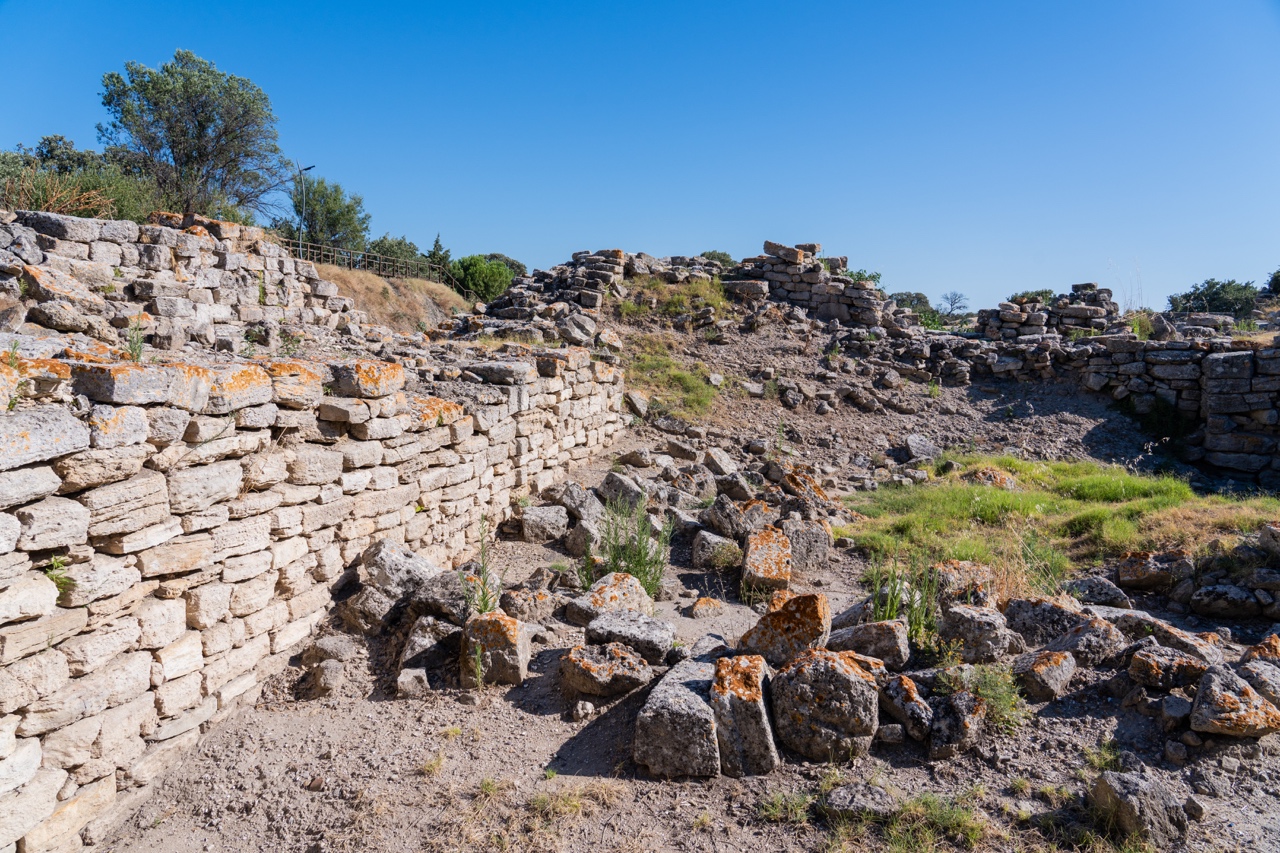
If you seek a travel experience that blends history and mythology, with the breathtaking beauty of Turkey as the backdrop – Troy, or Çanakkale, is your destination. Allow yourself to be swept up in the physical history and the legends of this ancient world.
To check out our full Cannakale gallery, click here!
